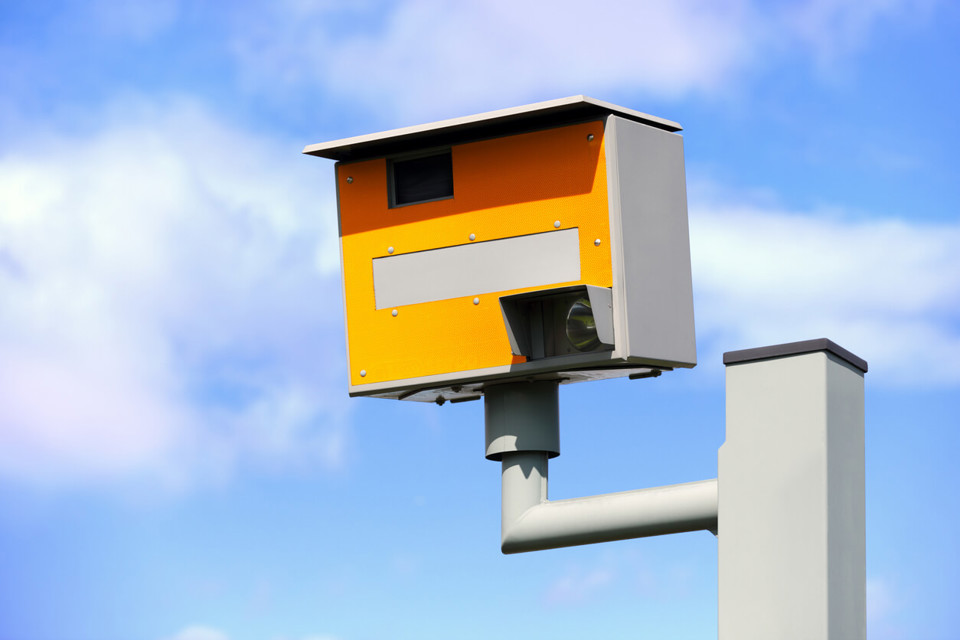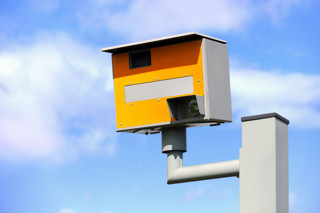A record number of people avoided penalty points on their licence last year, after taking driver awareness courses.
The figures, from the National Driver Offender Retraining Scheme, show almost 1.5 million people, including company car and van drivers, chose to take a course, rather than add points and face a possible ban.
That equates a threefold increase in the past nine years, when a little more than 467,000 drivers attended a course.
In 2019, the vast majority – some 86% (1.28m) of drivers – avoided points by taking a speed awareness course, up 8.1% (96,000) on the previous year.
This was followed by almost 107,000 drivers, who were sent on the ‘national motorway awareness course’ for offences committed on smart motorways, including breaking variable speed limits, ignoring red ‘X’ signs and wrongly stopping in emergency lay-bys.
The course was introduced three years ago.
A further 76,000-plus drivers took the ‘what’s driving us?’ course aimed at drivers caught tailgating or using a mobile phone at the wheel.
The classroom-based courses can cost up to £100 and take about four hours to complete.
Research by the RAC Foundation – based on Home Office data for 2018-19 – suggests that 44% of all speeding offences detected in England and Wales result in someone being sent on a course.
“It would be good to think that as more and more people pass through the doors of these courses, so our roads are getting safer,” said Steve Gooding, director of the RAC Foundation. “For some, at least, that appears to be true. The challenge is in making the lessons stick once the motorists attending them are back out in the often all-too-aggressive world of modern traffic.”
Analysis of 5,000 UK business drivers over a 12-month period revealed that they exceeded speed limits by 19.4%, on average (48mph on a 40mph stretch and so on).
The data, from telematics firm Airmax Remote, also showed that there were, on average, eight speeding events per mile.
Richard Perham, managing director of Airmax Remote, said: “Speeding is a major issue, especially for businesses that rely on fleets – not only from a safety point of view, but also the impact on fuel economy and poor mpg.
“It is imperative that drivers who are guilty of speeding are given the appropriate training to ensure that they comply with road speed limits.
“Not only can businesses suffer from a poor profile resulting from speeding (as company branding can appear on a vehicle), the extreme of this is a corporate manslaughter case and if the driver responsible for a fatal accident is known to have a long history of speeding, then blame can be placed on the business.”
Home Office figures show there were 2,386,780 speeding offences detected in England and Wales in 2018-19 – a 37% rise on the 1,740,217 detected in 2011-12.
It was also 4% higher than the 2,292,534 speeding offences recorded in 2017-18.
The total number of all motoring offences detected across the two countries in 2018-19 was 2,837,661, meaning speeding accounted for 84% of them.
Of the 2,386,780 speeding offences detected in 2018-19: 44% resulted in the offender being sent on a speed awareness course; 34% attracted fixed penalty notices (FPNs); 12% were later cancelled; and 10% resulted in court action.
The analysis – based on Home Office data and carried out by Dr Adam Snow of Liverpool John Moores University and Doreen Lam of the RAC Foundation – reveals the headline figure for those caught speeding hides large variations between constabularies.
West Yorkshire topped the list with 181,867 people caught speeding in 2018-19; second was Avon and Somerset (159,210) followed by the Metropolitan Police, including City of London (157,494).
At the other end of the scale Wiltshire Constabulary caught only 807 people speeding, Cleveland caught 11,937 and Derbyshire 12,256. Wiltshire turned off its speed cameras in 2010.
Across the 43 constabularies of England and Wales, the vast majority (97%) of offences were detected by speed cameras.
The variations across police forces will, in part, be down to geographical area, road type and traffic volume. They will also be created by local policing priorities.
Gooding concluded: “The simple rule for drivers who don’t want to risk ending up with a speeding ticket is not to break the limit in the first place.”






















Login to comment
Comments
No comments have been made yet.